China's strong talent base, telecom patents and advantages in 5G will give it an upper hand in the 6G research and development race.
The world is entering a critical phase in defining the technologies and developing key standards for 6G. While there is no widely accepted definition yet, 6G is expected to have much lower latency, higher speeds, and more bandwidth than 5G.
More importantly, this technology will be able to support the integration of space, airborne, ground and maritime communications technologies, creating a range of innovative applications.
China is aiming to commercialize the technology around 2030. "We will launch a series of scientific projects towards 6G and aim to achieve breakthroughs in key technologies," said Jin Zhuanglong, Minister of Industry and Information Technology.
China's 6G Progress
In July, a team of Chinese telecommunications engineers claimed to have established the world's first field test network integrating communications and intelligence.

The test network has achieved significant improvements in key communication indicators, including capacity, coverage and efficiency, according to Zhang Ping, an academician of the Chinese Academy of Engineering and professor at the Beijing University of Posts and Telecommunications.
The network serves as a platform for research institutions to conduct theoretical research and initial verification of key 6G technologies and effectively lowers the entry threshold for 6G research, making innovation more accessible, according to the engineering team.
"The European Union, the United States, Japan, South Korea and other countries and regions have all started research on 6G, and China has unique strengths," said Wen Ku, CEO of the China Communications Standards Association.
China has made significant strides in 5G infrastructure, giving it an unparalleled advantage in exploring 6G technologies, he said.
As of the end of May, China had built more than 3.8 million 5G base stations, accounting for 60% of the global total. They help position China as a global leader in 5G technology, with more than 60% of domestic mobile users now using 5G services, according to the Ministry of Industry and Information Technology.
Meanwhile, China handles more than 94,000 5G applications in industries such as manufacturing, mining, electricity, ports and healthcare.
"Promoting the use of 5G is like building a good bridge and road for 6G, and efforts to promote the large-scale application of 5G will lay a solid foundation for the development of 6G, which is still in its early stages," Wen said.
More importantly, the country has an early advantage in 6G patent applications compared to the US and Japan.
According to a survey by Nikkei and research firm Cyber Creative Institute in 2021, China's 6G patent applications accounted for 40.3% of the global total and topped the list of global 6G patent filings. The US and Japan ranked second and third with 35.2% and 9.9%, respectively, followed by Europe with 8.9% and South Korea with 4.2%.
China Galaxy Securities pointed out that in the telecommunications industry, countries with core advantages in previous-generation wireless technology are more likely to gain advantages in next-generation technology, as well as achieve technological leadership and promote healthy industrial development.
“China believes that mobile networks are a critical infrastructure that needs to be built ahead of time,” said Yang Guang, senior analyst at global market research firm Omdia. “Once the roads are ready, cars will come naturally. The basic condition is that Chinese carriers are all state-owned enterprises and need to take on significant social responsibility.”
Meanwhile, European and American carriers are private businesses and their first consideration is financial efficiency. Their main goal is to reduce costs, making them less inclined to build infrastructure, Mr. Yang said.
(According to Chinadailyhk, Nikkei)
Source: https://vietnamnet.vn/trung-quoc-dat-muc-tieu-di-dau-trong-cuoc-dua-phat-trien-6g-2310139.html








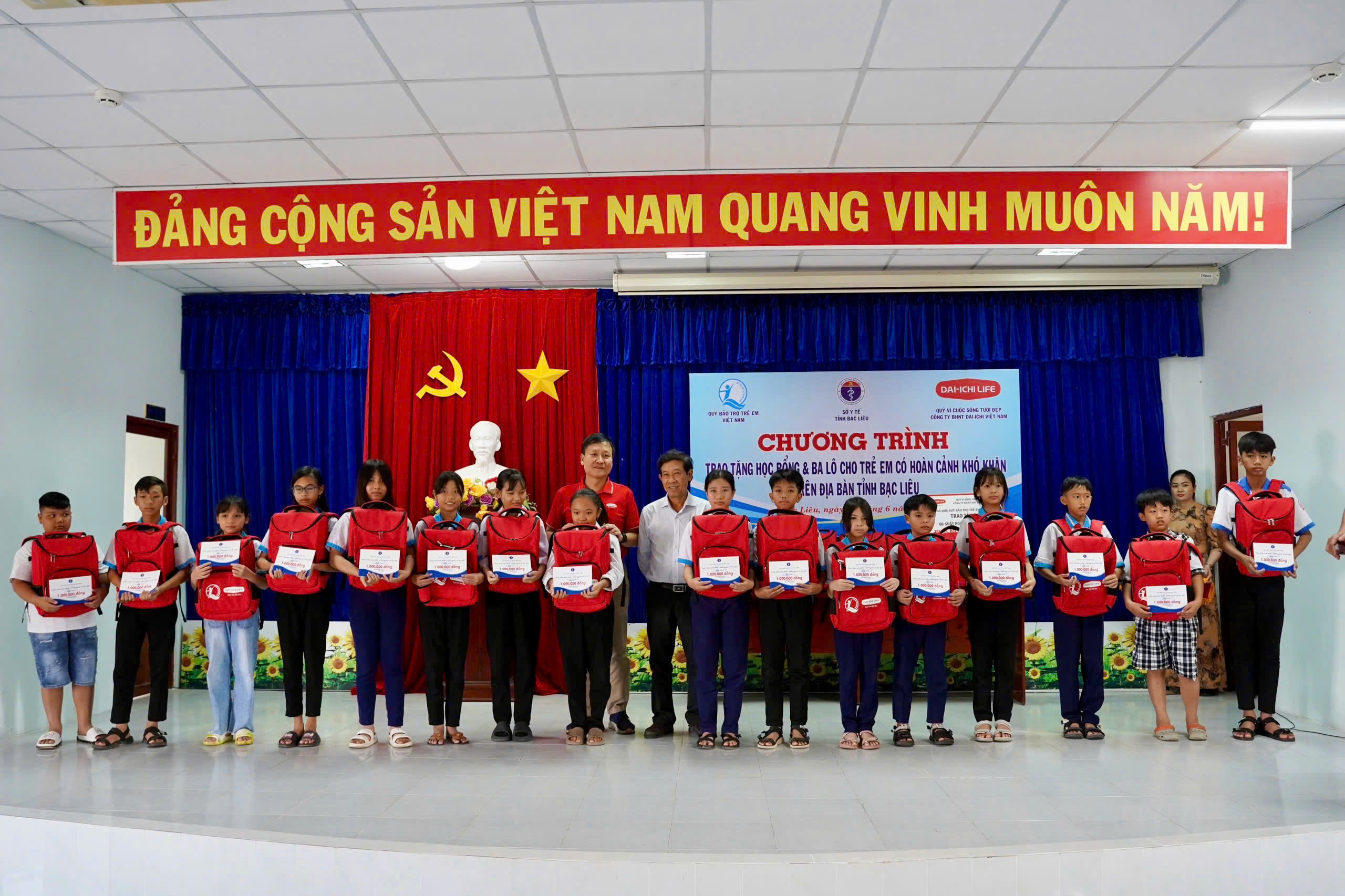
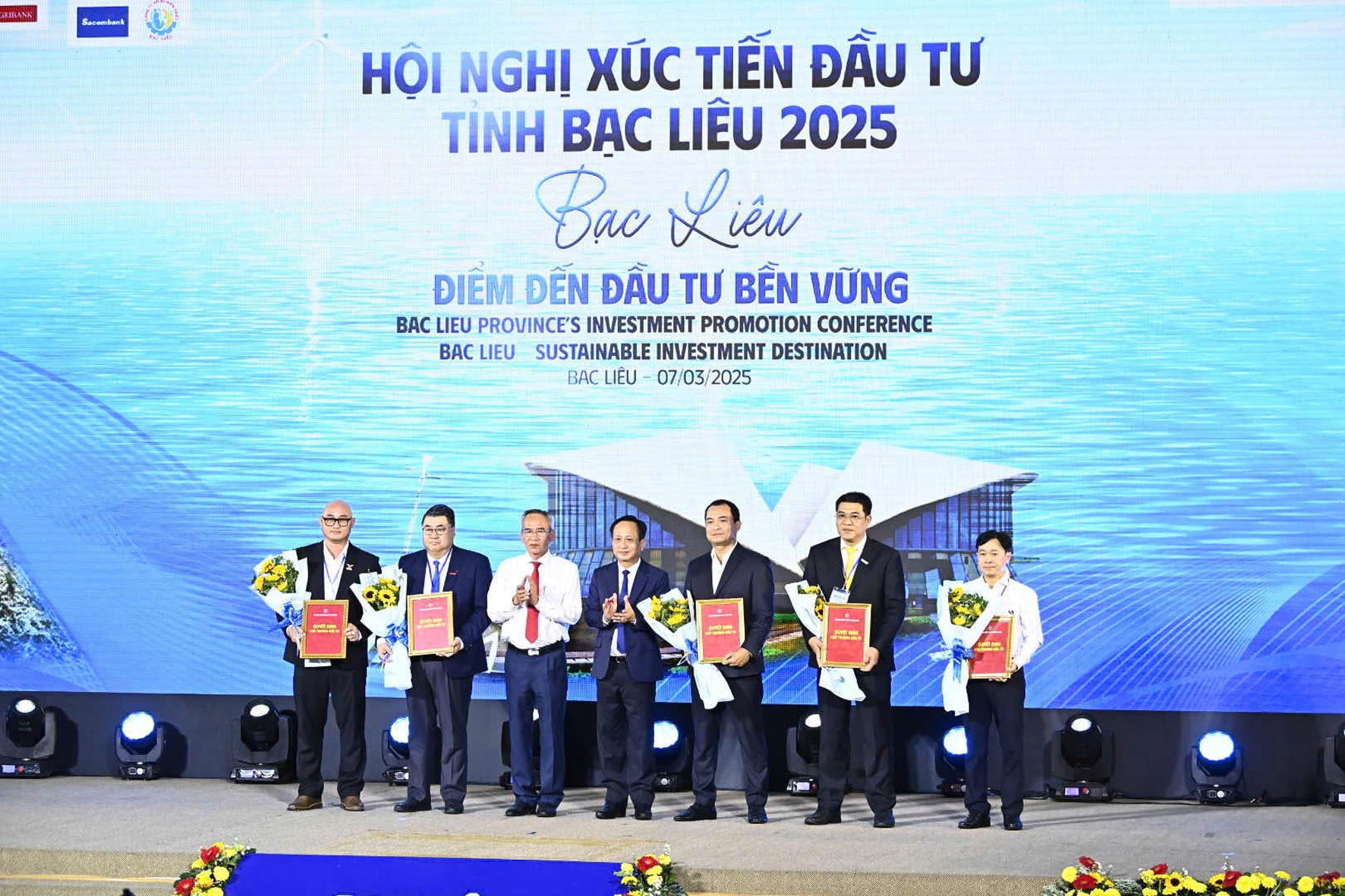













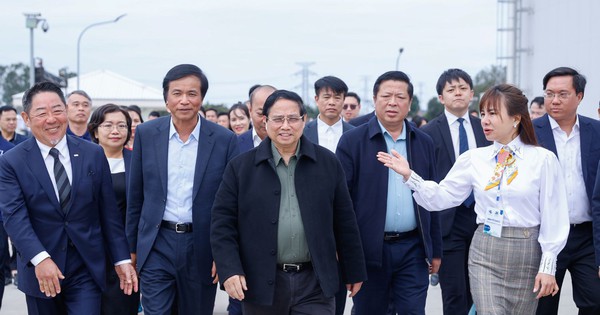
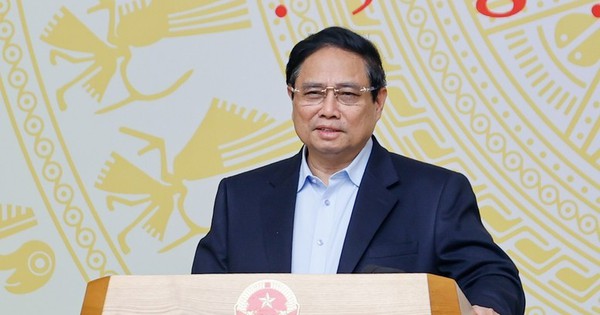




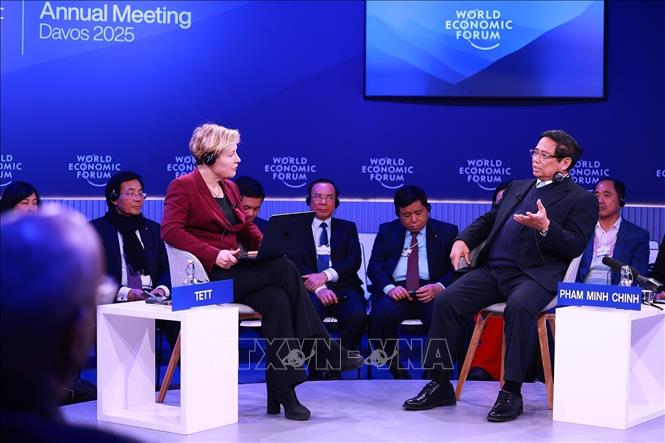









Comment (0)